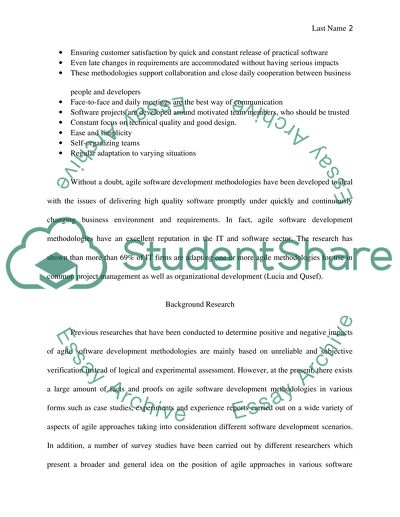Cite this document
(“Scrum Methods in Software Development Research Paper”, n.d.)
Scrum Methods in Software Development Research Paper. Retrieved from https://studentshare.org/information-technology/1618380-scrum-methods-in-software-development
Scrum Methods in Software Development Research Paper. Retrieved from https://studentshare.org/information-technology/1618380-scrum-methods-in-software-development
(Scrum Methods in Software Development Research Paper)
Scrum Methods in Software Development Research Paper. https://studentshare.org/information-technology/1618380-scrum-methods-in-software-development.
Scrum Methods in Software Development Research Paper. https://studentshare.org/information-technology/1618380-scrum-methods-in-software-development.
“Scrum Methods in Software Development Research Paper”, n.d. https://studentshare.org/information-technology/1618380-scrum-methods-in-software-development.


